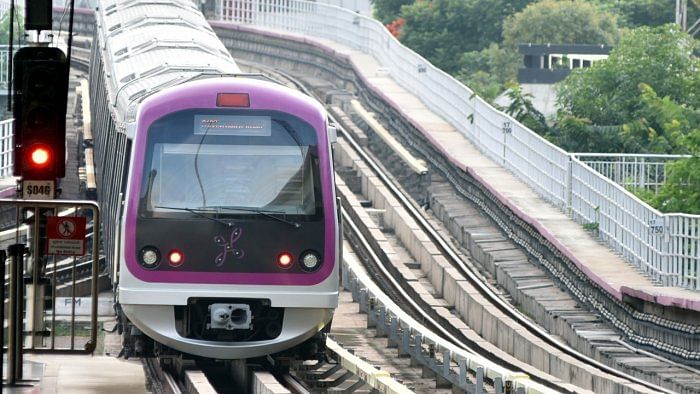
It all started at the beginning of 2021 with a global invitation to participate in the strategic disinvestment and transfer of management control of 26% (the Government of India presently owns 54.03%) of the equity share capital of Bharat Earth Movers Limited (BEML).
More than two years later, BEML disinvestment is back on the table, with the government expected to shortly invite financial bids for a strategic sale. A notable milestone in the interregnum was the demerger and listing on the bourses of its non-core businesses into BEML Land Assets Ltd. With the listing of land and other non-core assets complete, it was time to invite financial bids for the defence and construction-related core assets.
The new company, BEML Land Assets Ltd, is akin to a land bank, demerged from the parent to ensure a bidder for BEML will genuinely run the company and not try to acquire BEML’s lucrative real estate through the backdoor. The additional surplus assets separated prior to privatisation will be put up for sale later and the proceeds distributed among the shareholders. Quite appropriately, the focus should now shift to disinvesting BEML’s core assets from the company’s land assets, thereby culling various controversies that were doing the rounds.
The government’s January 2021 invitation for preliminary bids for sale received expressions of interest (EoIs) from 4–5 prominent companies with strong defence and infrastructure franchises in their business models. The Department of Investment and Public Asset Management’s (DIPAM’s) categorises BEML as ‘closed for Stage II transactions,’ where only shortlisted bidders can submit financial bids, keeping company with the likes of Shipping Corporation, Pawan Hans, and IDBI Bank. At current market prices, BEML’s 26% stake would fetch roughly Rs 1,500 crore.
This long delay on the disinvestment front, quite justified because complex land transactions require multiple state and central government approvals, had lulled BEML’s stakeholders—the employees, non-government share holders, customers, and suppliers of the company—into believing a disinvestment decision would not take place, at least until the 2024 elections. But now that the ball is rolling, it’s time to deliberate on the winning bidder’s intentions regarding BEML’s three diverse business verticals: mining and construction, defence and aerospace, and rail and metro. Strategic advantage accrues only when an investor has similar verticals in his portfolio; the shortlisted EoI bidders, however, seem to have franchises in only one or at best two verticals, leaving the balance in the lurch. Alternately, the winning bidder may ‘purchase whole’ and later hive off an unwanted vertical after the statutory lock-in period.
Given the considerable delay between the EoI and the financial bid submission, do the shortlisted players continue to be interested in acquiring BEML? What happens to BEML’s 5573 employees, 4775 contract labourers, and five employee unions spread across its facilities with restrictions governing their retrenchment and deployment?
Senior employees will definitely be affected when their traditional public sector work culture gets uprooted by a private-sector buyer at odds with the turnover-to-employee ratio in today’s BEML. Other stakeholders, notably its vendors and customers, the Indian armed forces, Indian Railways, and public sector behemoths such as Coal India, SAIL, NTPC, and Metro Corporations in various cities, will need to reconcile higher equipment prices resulting from cartelization due to a reduction in competition.
Why did the government pick on privatising BEML, a profit-making PSU? Is selling BEML a low-hanging fruit? Did the government realise “doing business is not government business?” Does it need the paltry amount accruing to the exchequer, or does it make sense to sell now as BEML’s value may go downwards later? No doubt stuck for several years in the turnover range of Rs 3,000 to 4,000 crore, the company had actually crossed the Rs 4,000-crore mark in FY22.
What else has changed since the EOI invitation? The company appears listless, the order booking position and future revenue prognosis look worrisome, critical departments like R&D, product design, and quality have lost talent, and demoralised employees have reconciled to their fate, knowing the choice is either privatisation or
the HMT/ITI route, where once profitable PSUs ended up in the red.
DIPAM’s divestment process won’t climax any time soon, and uncertainty will weigh heavily on all stakeholders. The recent selection process for choosing BEML’s new chairman is a telling example; with competent outsiders avoiding the company, only three internal candidates participated.
(The writer is a former executive director and member of the Board of Directors, BEML)